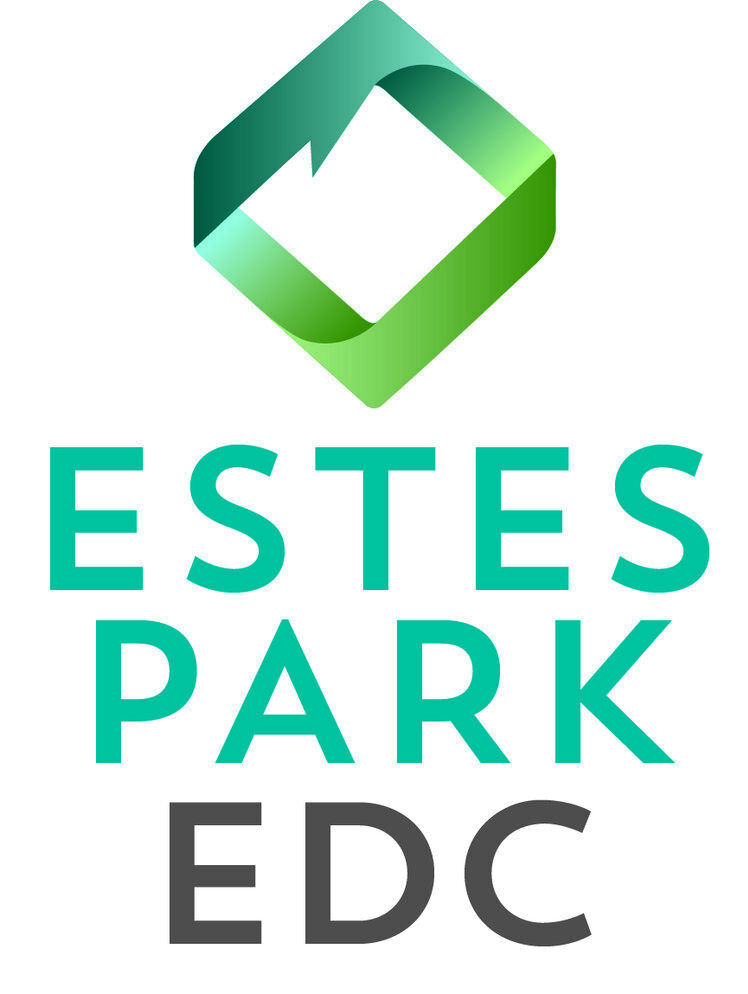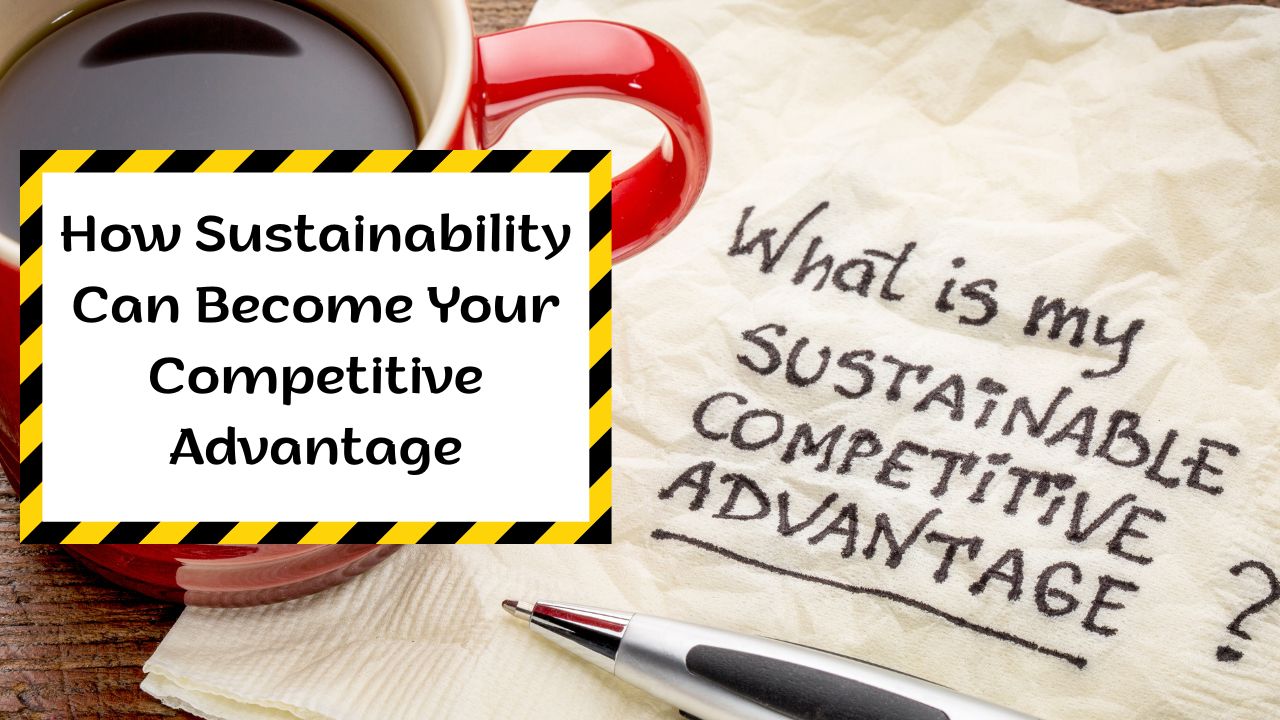In a world facing climate change, resource pressures, and shifting consumer expectations, sustainability has evolved from a buzzword into a powerful competitive advantage.
Companies that embed environmental, social, and governance (ESG) strategies into their core operations are increasingly outperforming peers. In 2025, sustainability is not just an add-on—you can use it to differentiate, reduce cost, manage risk, and attract talent.
This article unpacks how your organization can turn sustainability into a strategic edge.
Why Sustainability Is No Longer Optional
- Customer expectations rising: More consumers are scrutinizing corporate practices, favoring brands that make measurable ecological contributions.
- Regulatory pressure mounting: Governments are instituting stricter sustainability reporting and emissions standards, especially in global supply chains.
- Investor discipline intensifying: ESG metrics directly affect capital access, lending terms, and valuations.
- Talent dynamics shifting: Younger generations increasingly choose employers based on purpose, values, and impact—sustainability is a recruiting and retention tool.
- Operational resilience and cost savings: Efficiency in energy, materials, and waste leads to structural cost savings and buffer against volatility.
Companies that lean into these pressures turn them into drivers of value, not burdens to manage.
Five Pathways to Gain Competitive Edge via Sustainability
1. Slash Costs with Efficiency & Optimization
Energy, water, and material efficiency improvements often yield strong returns. Retrofitting lighting systems, optimizing HVAC, using smart controls, or reducing waste in processes can yield double-digit savings. These operational gains free up capital, lower risk, and improve margins.
2. Lock in Costs & Credentials via Renewable Procurement
Signing long-term power purchase agreements (PPAs) or virtual PPAs helps secure stable energy pricing and reduce greenhouse gas emissions (Scope 2). When paired with demand management, these contracts enhance resilience and build credibility among stakeholders.
3. Differentiate with Verified Impact Claims
Consumers are skeptical of vague “green” claims. The brands that succeed are those that provide quantified, product-level sustainability metrics (e.g. carbon footprint per unit, percent recycled content, zero-waste packaging) and back them with credible verification, avoiding accusations of greenwashing.
4. Engage & Retain Purpose-Driven Talent
Embedding sustainability metrics into job roles, performance plans, and training gives your workforce ownership of impact. Employees who see environmental purpose aligned with business goals are more engaged, creative, and loyal.
5. Build Robust Data & Risk Management Systems
As regulators demand audited, decision-grade ESG data, companies with strong measurement, governance, and assurance systems enjoy lower compliance costs and fewer surprises. Market participants increasingly treat sustainability data as part of enterprise risk management.
Metrics, ROI & Quick Wins
Here’s a table summarizing sustainability levers, their business impact, and what to track:
| Lever | What to Do | Business Edge | Key Metric(s) | Typical Impact |
|---|---|---|---|---|
| Lighting & Controls Upgrades | Retrofit fixtures, occupancy sensors | Lower energy bills, better ROI | kWh/year saved, payback period | 15–50 % lighting energy reduction |
| HVAC / Process Tune-ups | Recommission systems, optimize setpoints | Energy, maintenance, comfort benefits | % energy drop, maintenance cost savings | 10–25 % HVAC energy reduction |
| Electrification | Replace gas or fossil heating with heat pumps | Emissions reduction, future proofing | Scope 1 ↓, electricity usage | Moderate net cost depending on region |
| Renewable PPA / VPPA | Lock long-term renewables supply | Stable energy cost, credible emissions claims | MWh contracted, tCO₂ offset | Hedging benefit + emissions credit |
| Supplier Engagement | Scorecards, sustainable sourcing | Value chain resilience, brand integrity | % spend aligned, supplier audits | Upstream risk reduction |
Quick wins often come from lighting, controls, and HVAC tuning. These moves carry relatively low risk and fast paybacks and pave the way to bolder projects.
Aligning with Evolving Policy Landscape
Sustainability is becoming the new regulatory frontier:
- Many jurisdictions now require mandatory ESG or climate reporting, pushing companies to collect and audit environmental data.
- Even firms outside those jurisdictions are being drawn in by customer or investor demands for transparency.
- Forward-looking businesses treat compliance as a data modernization project: one that reveals operational inefficiencies and drives better decisions—not just a box to tick.
Acting early allows you to beat the curve, reduce audit burden, and gain credibility among investors and buyers.
Integrating Sustainability Into Brand & Value Proposition
- Frame your sustainability efforts not just in terms of emissions or waste, but through customer-centric benefits: durability, lower lifecycle cost, healthier materials, or circularity.
- Use clear KPIs on your product labels (e.g. “This product generates X kg CO₂e over its lifetime”) rather than sweeping slogans.
- Launch schemes like take-back, repair, or reuse to close the loop—reinforcing authenticity and bolstering brand loyalty.
When sustainability becomes part of your brand promise, you command better margins and stronger positioning.
Attracting & Retaining Talent Through Purpose
- Transparency matters: Publish clear goals and progress, not just intent.
- Empowerment matters: Give employees resources to lead sustainable initiatives or teams.
- Recognition matters: Tie incentives and acknowledgment to sustainability impact—on top of financial performance.
Purpose-driven organizations build culture, reduce attrition, and spark innovation by letting teams own parts of the mission.
From Strategy to Execution: 3 Phased Roadmap
| Phase | Focus | Key Actions |
|---|---|---|
| Phase 1 (0–3 months) | Diagnostics & quick wins | Baseline energy/water/waste, identify no-regret measures, assemble stakeholder team |
| Phase 2 (4–9 months) | Investments & partnerships | Initiate retrofits, launch supplier programs, explore PPAs, integrate data systems |
| Phase 3 (9–18 months) | Scaling & feedback | Expand electrification, publish verified claims, build assurance, refine strategy |
This phase-wise approach balances speed, risk, and learning to build sustainable momentum.
Challenges & How to Tackle Them
- Upfront cost — Overcome by starting small, reinvesting savings, or accessing green financing.
- Data gaps / poor measurement — Invest early in sensors, metering, and integrated software.
- Internal inertia — Build internal champions, show early wins, embed sustainability into leadership goals.
- Supplier resistance — Engage partners gradually, support their improvements, and incentivize performance.
By treating those as investment barriers, not showstoppers, you can move deliberately and prove value along the way.
In 2025, sustainability is no longer a sideline. It’s a strategic lever—cost cutter, brand differentiator, risk manager, talent magnet, and capital access enabler.
Organizations that move with clarity—starting with efficiency wins and building rigorous data systems—are turning environmental challenges into sustainable growth engines.
The competitive gap between those who act and those who wait is widening. The question is: will you lead or follow?
FAQs
Is applying sustainability initiatives only for large companies?
Not at all. Even small and mid-size firms can adopt efficiency initiatives (lighting, controls, HVAC) with strong paybacks. Over time, these small wins build credibility and capacity for bigger moves.
How soon can you see returns on sustainability investments?
Many retrofits and efficiency projects pay back in 12 to 36 months or less. Some lighting and control upgrades pay back within a year, especially in high-usage facilities.
How do you measure whether sustainability is really giving you advantage?
Track metrics such as cost per unit, energy intensity, emissions per product, customer acquisition/retention lift, employee turnover, and capital cost of funding. Over time, you’ll see improved margins, stronger talent metrics, and better investor terms.

